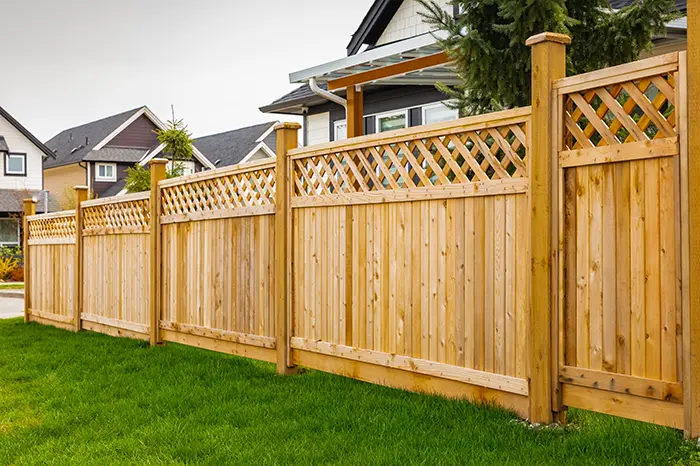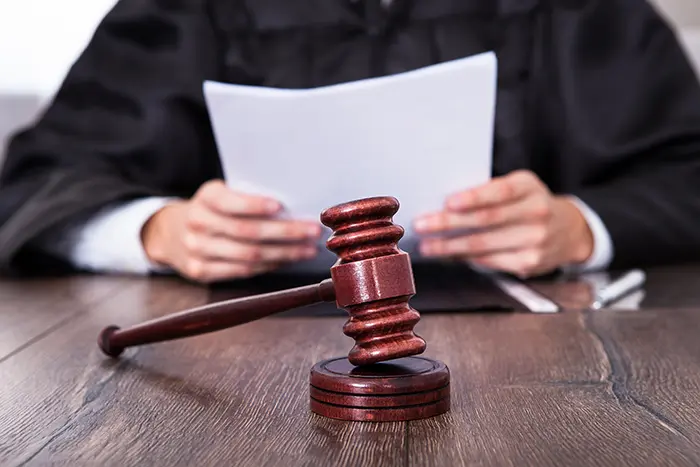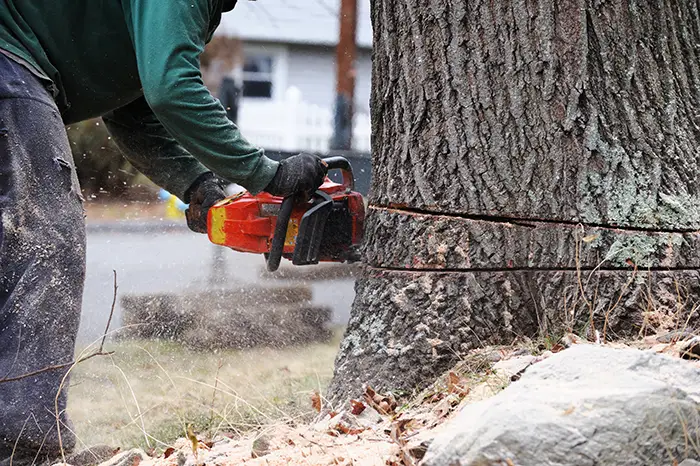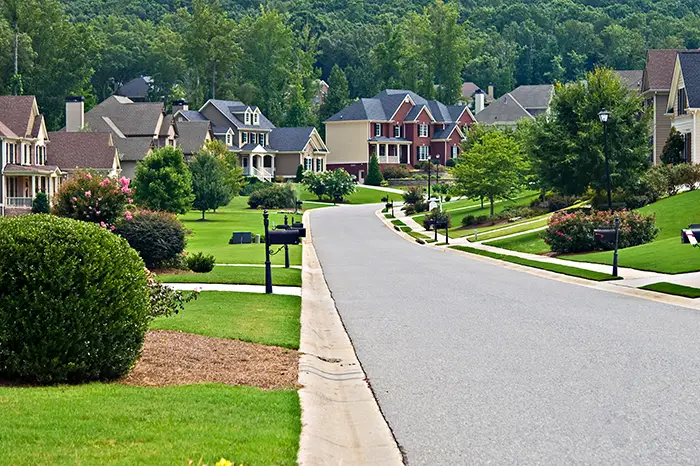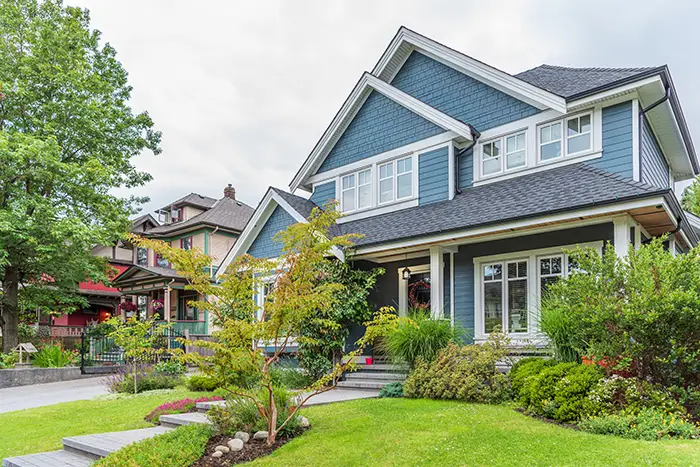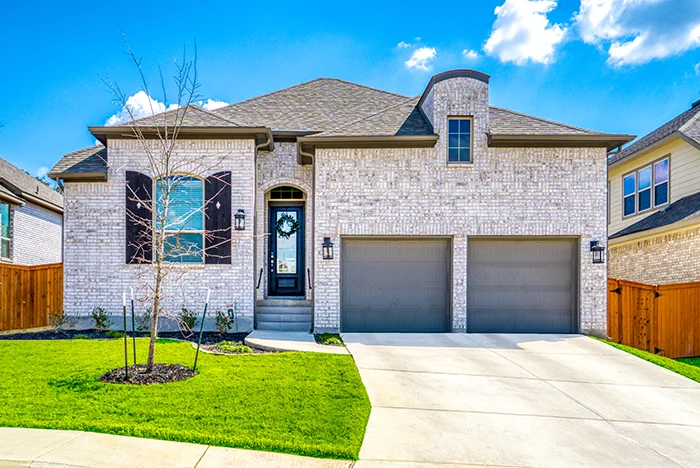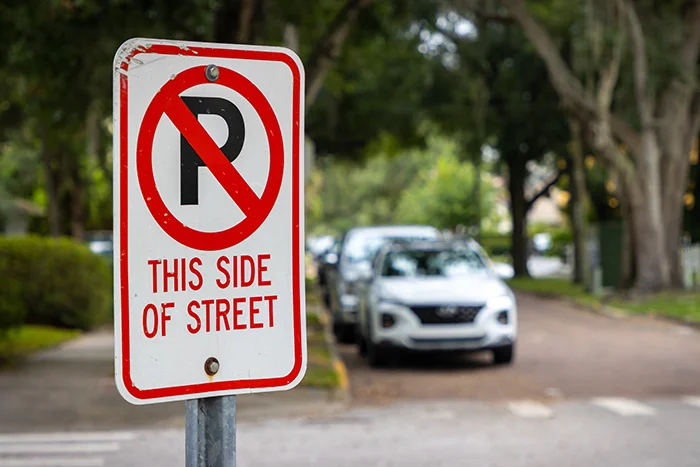15 Most Common Condo Rules Violations And How To Deal With Them
Condominium rules violations can easily damage the harmony in your condo. In the worst cases, condo disputes can arise that are costly for both residents and associations. But what are the most common condo rules violations that you can encounter?
Common Condo Rules Violations
Whether as a humble resident or as part of the board, you may encounter your fellow condo owners breaking the rules. Here are the common ones you can expect:
1. Noise Complaints and Quiet Hours
One of the top condo rules violations involves excessive noise. Your condo can have soundproofing per unit, but even sometimes that’s not enough. From late-night parties, barking dogs, or loud TV volumes, noise is one of the most common complaints a resident can make.
To minimize the instances of complaints, many Southern California condo communities typically enforce quiet hours between 10 pm and 7 am.
When you encounter noise complaints, your board should start by letting residents have a calm and civil conversation.
If the noise continues, management should follow the violation protocol outlined in the governing documents. Formal warnings and fines may follow, but clear documentation and a fair appeal process are essential to prevent unnecessary condo disputes.
2. Unauthorized Pets and Pet Waste
Many condos allow residents to have pets, albeit with restrictions on breed, size, or quantity. However, some would often violate these restrictions. More commonly, problems arise from unregistered animals, pets off-leash, or pet waste left in shared areas.
Associations should first ensure that pet rules are communicated to residents. When a violation occurs, issue a written notice and allow the owner time to correct the problem. If behaviour doesn’t change, fines can be issued. A consistent enforcement policy helps protect community health and cleanliness.
3. Illegal Parking/Street Parking
There are many parking-related condominium rules violations that you may encounter. Most of them stem from improper use of guest spaces, blocking walkways, or parking in fire lanes.
To minimize this or prevent escalation, your condo board can make the parking rules more visible. Using readable signage and reminders is the best way to go.
When handling violations, you can begin by sending a courtesy notice to first-time offenders or issuing a warning sticker. If a resident continues to break the rules, towing or fines may be imposed. You should also ensure that procedures are appropriately documented to avoid disputes with the board or association.
4. Exterior Alterations Without ARC Approval
Unit owners are allowed to make alterations to their space. Although this can become a problem if they do so without approval from the Architectural Review Committee (ARC), thereby violating appearance standards.
If this happens, the condo board should send a notice to the unit owner. This typically would include a request to either restore the appearance of the exterior or submit an ARC application that can be reviewed. If the resident fails to do these, the association may fine them.
To prevent future violations, consider educating residents about ARC requirements.
5. Using Common Areas Improperly
All residents can enjoy the common areas of a condo, as long as they do so properly. Unfortunately, many misuse these facilities. Common condo rule violations usually include storing personal belongings in hallways or hosting unapproved events.
If you find someone violating common area rules, you can start handling it by sending out a written notice. If the issues continue to happen, you may consider access restrictions for that unit owner or imposing a fine.
6. Trash and Recycling Violations
Improper waste management and disposal are common concerns in condo communities. These may include instances of garbage bags being in hallways or homeowners failing to separate recyclables.
Education plays a central role in addressing these issues. The COA should provide visual guides to help residents understand the process more easily. Alternatively, your association can conduct a short awareness campaign. For persistent violations, the board may need to issue fines or consider additional cleanup costs charged to repeat offenders.
7. Smoking in Prohibited Areas
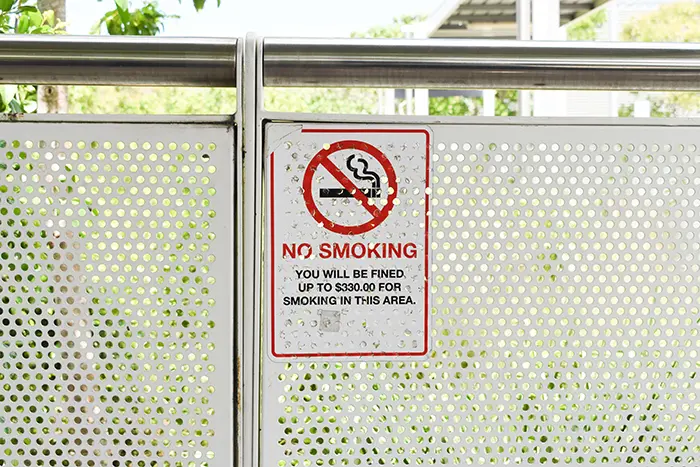
Smoking in hallways, balconies, or near entrances is not only a nuisance, it can pose health risks and violate condo bylaws.
Once a complaint is received, management should investigate and notify the resident in question. If smoking continues, a fine schedule can be applied. In some cases, it may be necessary to refer to local health ordinances to reinforce the association’s authority.
8. Short-Term Rentals / Airbnb Violations
Unauthorized short-term rentals are a growing problem, especially when unit owners list their properties on platforms like Airbnb without board approval.
Associations can begin by monitoring listings and comparing them to their owner records. Upon confirming a violation, the board should issue a cease-and-desist letter and assess penalties if permitted under the CC&Rs. Associations may also need to clarify or amend governing documents if the current language is too vague.
9. Commercial Activity from Units
Running a business from a residential unit can lead to traffic, noise, or security issues, especially when it’s not allowed under condo bylaws.
The board should document the nature of the business and issue a notice of violation. Owners typically must cease the commercial activity or risk fines. For clarity, governing documents should specify what constitutes “commercial use” within the community.
10. Vehicle Maintenance or Storage in Common Areas
Condo garages and driveways are not meant for long-term vehicle storage or mechanical repairs, yet some residents treat them like workshops.
To address this, associations should send written reminders to offenders and request immediate removal of the vehicle or cessation of the activity. If ignored, towing or fines may be used, assuming the board has followed proper notice procedures.
11. Failure to Maintain Unit Exteriors
From overflowing planters to chipped balcony paint, deferred maintenance on unit exteriors can affect the overall look and safety of a condo complex.
Boards can conduct regular inspections and issue maintenance letters as needed. If owners fail to comply, associations may perform the work and charge the costs back. It’s important to act quickly to prevent damage from spreading to adjacent units or common areas.
12. Improper Flag Display or Political Signs
Flag placement and political signage are often regulated to preserve neutrality and aesthetics in shared spaces.
When a violation is reported, the board should respond carefully, balancing resident rights with existing rules. A polite notice is often enough. However, associations must ensure their restrictions comply with federal or state protections regarding flags and political expression to avoid legal disputes.
13. Holiday Décor and Seasonal Decorations
Decorations left up long after the holidays, or those that interfere with safety or community appearance, are another frequent issue.
Boards should establish clear timelines for when décor is allowed and when it must be removed. Courtesy reminders before and after holidays can reduce violations. If decorations remain, a written notice with a short deadline is usually adequate.
14. Balcony BBQs and Fire Hazards
Grilling on balconies is usually banned for safety reasons, yet residents sometimes overlook this rule.
Once a violation is identified, immediate notification and a removal request are necessary. Fire risks require quick action. Repeated offenses may justify fines or restrictions on balcony use until the resident agrees to comply with safety protocols.
15. Unapproved Satellite Dishes or Antennae
Although federal rules allow small satellite dishes, associations can regulate how and where they are installed.
If a dish is installed improperly, the board can request that it be relocated or removed. In resolving disputes, associations should refer to FCC guidelines as well as internal condo rules to ensure enforcement is legally sound.
Why Prompt Enforcement Matters
Timely action builds community trust and reduces escalation into condo disputes. Consistent enforcement ensures fairness, protects property values, and strengthens the board’s credibility. Document all communications, hold hearings if required, and maintain detailed violation logs.
Building Better Compliance Culture
Creating a culture of compliance starts with communication, clarity, and consistency. Here are some practical strategies condo associations can implement to reduce violations and foster community cooperation.
Clear Communication
Condo boards should regularly share updates about the rules, especially during move-ins, seasonal changes, or after rule amendments. Newsletters, emails, and notices on community bulletin boards can help keep everyone informed and aligned.
Education for Residents

Educational efforts, such as new resident orientations or simple rulebook handouts, can go a long way. When people understand the reasons behind the rules, they’re more likely to follow them without pushback.
Friendly Reminders
Rather than jumping straight to violations, consider issuing friendly reminders for first-time or minor infractions. This helps avoid defensiveness and gives residents a chance to correct the issue on their own.
Grace Periods for Compliance
For non-urgent violations, boards may offer a short grace period before fines begin. This approach shows fairness and goodwill, encouraging cooperation rather than conflict.
Consistent Enforcement
Inconsistently enforcing the rules invites resentment and accusations of favouritism. Boards must apply rules equally across all residents, regardless of tenure or relationship to board members.
Dispute Resolution Options
Before escalating to legal or collection action, offer mediation or a hearing before the board. Providing structured ways to resolve disagreements can prevent condo disputes from becoming long-term conflicts.
Visibility of Rules
Rules should be easily accessible. When residents can easily reference the rules, unintentional violations become less frequent.
Maintaining Peace
Identifying and addressing condo rules violations early helps maintain harmony, safeguard property assets, and avoid escalated condo disputes. With clear policies, consistent enforcement, and open communication, condo communities can foster respectful and thriving environments.
Seeking professional management services for your condominium community? Personalized Property Management offers HOA management services around Southern California. Call us at 760-325-9500 or email us at info@ppminternet.com for more information!
Related Articles:




